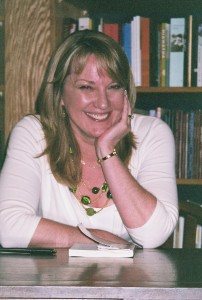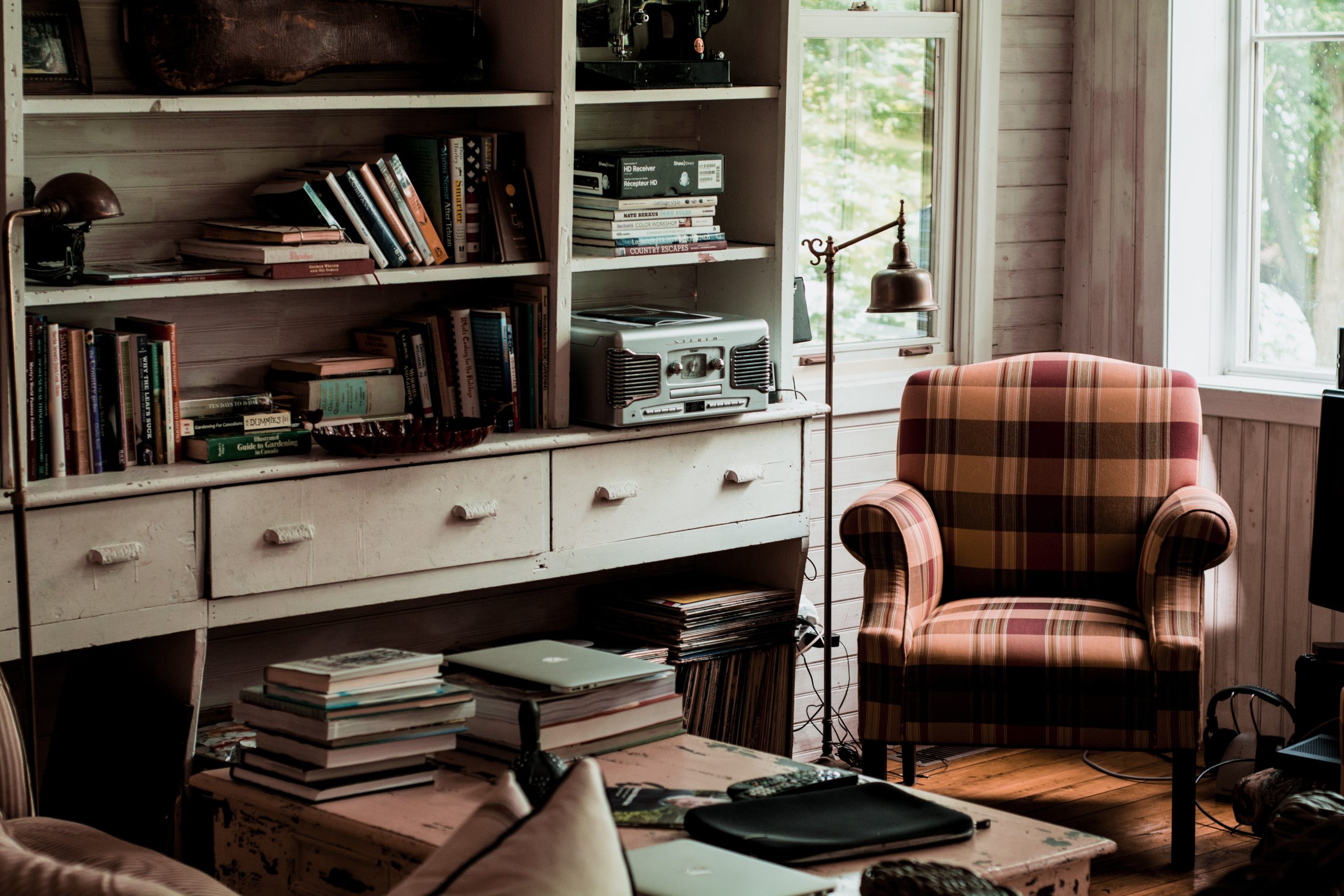When you begin a creative project or simply want to tap into your creativity, do you sense an element of fear or doubt greeting you at water’s edge?
It may be a subtle feeling, but it’s usually there. Yet, if you are committed to your work–to creative expression–you forge on. Or try to.
“All art requires courage.” — Anne Tucker
I, for one, however, had no idea that successful “creative immersion” was the term for this process. And that it requires periods of engagement and disengagement. Sometimes navigated with ease, sometimes not. I also didn’t know that the relationships in our lives play a critical role in the flow of our creativity.
Well, on some level, to be more accurate, I may have sensed these factors were at play, but finding a book that addresses such things was like finding that unexpected gem. The book you needed to read, but didn’t even know you did.
- Ever had that experience, that wonderful moment of coincidence, that you can’t wait to share with others?
I’m extremely pleased to have the author of Standing at Water’s Edge: Moving Past Fear, Blocks, and Pitfalls to Discover the Power of Creative Immersion here in my creative, sunny space for kindred spirits. And I know you’ll love meeting Anne Paris, Ph.D. — she is engaging, enlightened, and eager to share the magical light of creativity.
Welcome to SunnyRoomStudio, Anne —
it’s my honor, and my pleasure, to have you here!
“Talent is helpful in writing, but guts are absolutely necessary.” –Jessamyn West
 STANDING AT WATER’S EDGE
STANDING AT WATER’S EDGE
with Anne Paris, Ph.D.
- What does it take to be creative?
It takes feeling “connected in”, or immersed with the artwork. Sometimes it takes a great deal of courage to allow yourself to dive into that state of creative immersion—that state of being merged with the art form—because the whole process is very unknown and uncertain. I think that connections with others, whether in reality or fantasy, are what give us the courage to take that dive.
- What do you want readers to get from this book?
I hope readers come away from this book feeling appreciated, understood, and less alone. I hope they feel strengthened, inspired, and comforted and that they gain a new awareness about how their internal world is affected by both real and imagined others. I hope they are left with a new appreciation of how the power of certain kinds of relationships can help them to grow as artists and as individuals.
- What is the basis for blocks in the creative process? How does connecting with others help us along in our solitary creative endeavors?
Fear and a lack of connection with others are the basis for creative blocks and procrastinations. Developing and sustaining relationships with mirrors, heroes, and twins actually gives us the psychological nourishment—which we take in and make our own—to risk taking the dive. Finding support, inspiration, and comfort with others helps us to feel worthy, confident, and hopeful. These are the feelings that propel us forward.
“Courage is the art of being the only one who knows
you’re scared to death.” –Harold Wilson
Dr. Anne Paris is a clinical psychologist who has helped artists along in their creative processes for over 20 years. Her approach, which is based on cutting-edge psychological understandings and research, appreciates the inner world of the artist in a new way and points to the importance of connections with others throughout the creative process. Through this revolutionary approach, she has helped famous, professional, and hobby artists start and sustain their creative process so they could complete a work of art.
A NEW APPROACH TO IGNITING AND SUSTAINING CREATIVITY
by Anne Paris, PhD
Mary squirmed in her chair as she continued, “I just don’t know what is wrong with me. Why can’t I just do it? I feel stressed all the time when I’m not writing. ‘I should be writing’, I say to myself, but I don’t. I think, if I just get the laundry done, then I’ll be free to sit down and write the next chapter. But then I don’t. Maybe I need to exercise first, and I go for a run. I get back home, fully intending to sit down at the computer. But I don’t. And all the while I’m feeling bad and stressed about not writing. What is wrong with me? Maybe I’m just lazy. Or maybe unconsciously I don’t really want to write. Or maybe it just means that I’m not really cut out to be a writer. ‘Writers write’, I tell myself.
Through thousands of hours of psychotherapy with artists, I have found that most are quite familiar with the experience of being artistically blocked, or of procrastinating and avoiding their creative work. “If only I weren’t so distractible” or “I must not really want to succeed” are common complaints I’ve heard. These blocks can lead to non-productivity as well as to more serious problems such as depression and addictions.
Until now, most experts have offered behavioral strategies to help artists initiate and sustain their creative process: “set aside a time and place everyday for the creative endeavor” or “tell yourself you can do it” or “you must exercise a great deal of self-discipline.” Structure can certainly help artists to focus and to optimize their time. But many artists do not find the strength to overcome deeply embedded blocks with this advice. “If it were that easy, I’d do it,” they say.
- New research in neuroscience and human development show that these strategies are only part of the answer.
Revolutionary understandings in clinical psychology now suggest that healthy interpersonal relationships are the fuel for optimal emotional, cognitive, intellectual, behavioral, and creative functioning. Contrary to how we’ve been taught to value independence and autonomy, this new scientific evidence is showing that we are at our best when we are connected with others.
Applying these findings to the secret, internal world of the artist, the capacity to be creative is actually generated by the experience of connectedness with others. When we are feeling frightened or are lacking self-confidence and vitality, we need to look at the state of our relationships, rather than to blame ourselves for being weak and inadequate, or to think that we must somehow find strength and courage from deep within ourselves.
- We cannot create in a vacuum of isolation: we are helped along in the creative process by certain kinds of emotional support from others that help us to be at our best and to realize our full potentials.
When we shift our focus from searching within ourselves to reaching for healthy connections, we will be propelled through the creative process to complete a work of art. To immerse into creativity, we need to feel strong, inspired, and comforted. Rather than existing as static “traits” in our selves, strength, inspiration, and comfort are generated in our relationships with mirrors, heroes, and twins:
- Find Strength in Mirrors. An artist finds the strength to create through feeling special, recognized, and appreciated by others. Share your ideas and your work with others who are likely to appreciate your talents and your efforts. Allow yourself to “take in” this kind of psychological nourishment. If you don’t have this kind of support, imagine it.
- Find Inspiration in Heroes. An artist finds motivation and inspiration to create through admiring, respecting, and hoping to please a parent, teacher, mentor, or idol. Reach for connection with your “real life” hero or immerse in your idol’s work, ideas, or art.
- Find Comfort in Twins. An artist finds comfort through the creative process by feeling understood and understandable by others who are in the same boat. Reach for connections with “like-kind” (for example, join a writer’s group, or take a painting class, or go to conferences, artist retreats, or galleries). Share your hopes and dreads, triumphs and defeats, with these empathic others—they’ve been there–they understand.
Throughout a creative project, you are likely to grapple with core feelings of safety, trust, and hope. When you become aware of how your relationships with others (or lack of relationships) impact your ongoing sense of self, you can then try to elicit more of what you need to carry you through the myriad of emotions involved in the creative process. It is not weak to need others. In fact, being able to create and sustain mutual relationships is the key to our continued growth as artists and as individuals. In the end, it is not really how much willpower or discipline we have that determines our capacity to enter into a creative state. Standing at water’s edge, looking at the vast unknown and uncertainty involved in the creative process, it is our relationships with others that will empower or inhibit our dive.
Blog by SunnyRoomStudio: all rights reserved.
